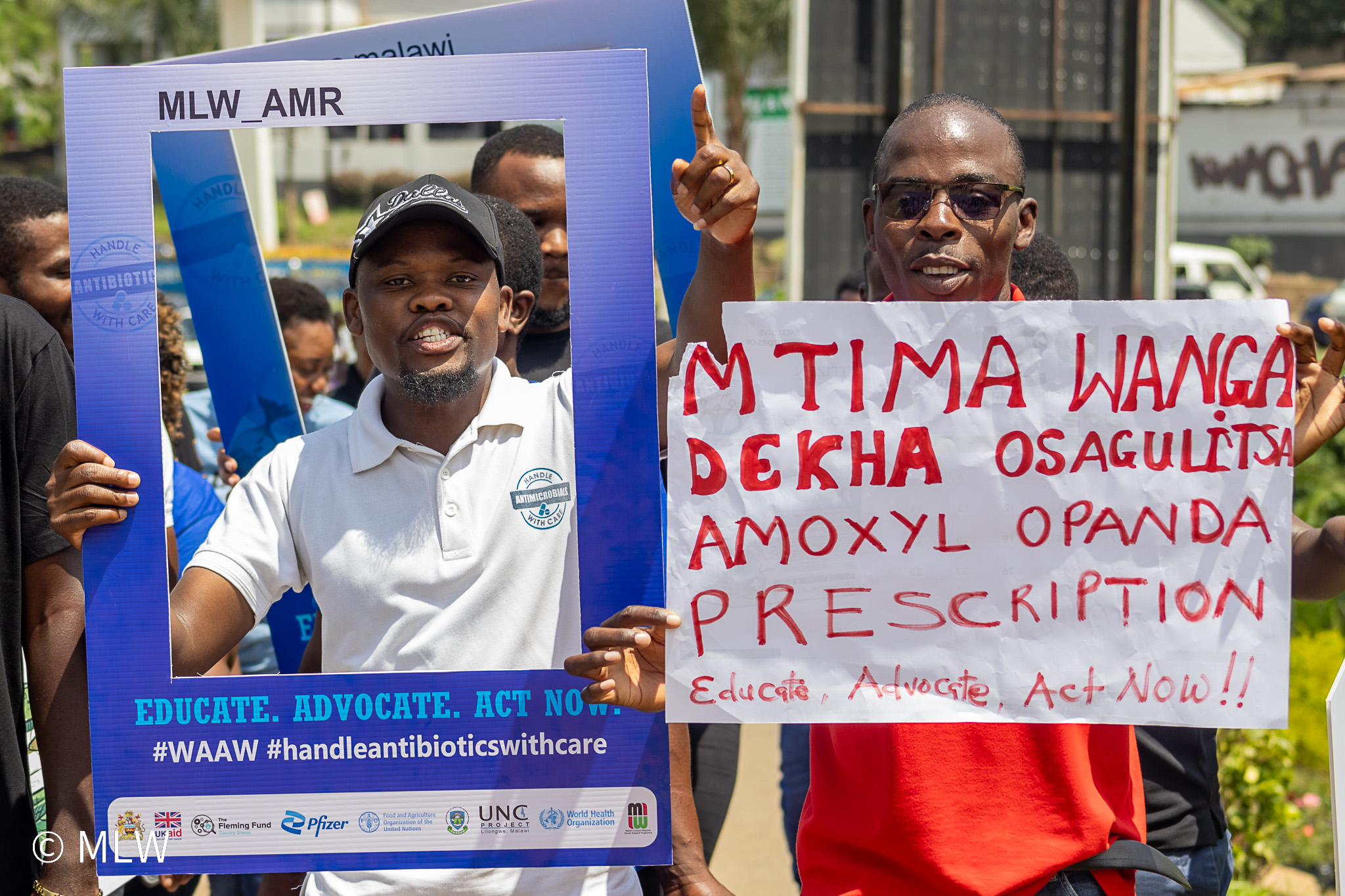Listeners of the “Umoyo N’kukambirana” radio programme have urged residents of Chikwawa to collaborate with researchers conducting the Shire Valley Vector Control Programme (SHIRE-VEC) study, emphasising its importance in safeguarding against vector-borne diseases. These sentiments were expressed during April episodes of the programme, which outlined the study’s background, objectives, and significance.
Chief Mcbusy from Nayuchi border in Machinga expressed gratitude for the study, recognising its potential to protect against malaria and bilharzia, diseases that significantly impact community health. “Let me commend MLW for this study,” Chief Mcbusy remarked. “This will help in improving citizens’ health, a key factor in national development.”
Frank Chakwele, a resident of Zomba, appreciated the study’s implementation and questioned the applicability of its results on a national scale, highlighting its potential to influence behaviour trends across communities.
Motivated by the Shire Valley Transformation Programme, a government-run irrigation project in Chikwawa and Nsanje districts, the SHIRE-VEC study aims to assess the impact of irrigation canals on malaria and bilharzia cases. Researchers, including Blessings Chiepa, emphasised the importance of understanding vector breeding grounds, particularly stagnant water bodies created by the irrigation project, which harbour mosquitoes and snails carrying diseases.
Blessings Kapumba, another researcher involved in the project, highlighted that the study’s findings would inform interventions to protect communities from the increased risk of malaria and bilharzia following the irrigation project. As part of the comprehensive study, researchers are conducting tests on primary school students to gauge the prevalence of malaria and bilharzia in the area. They noted that school children often found playing in swamps and stagnant waters, are particularly vulnerable to these diseases due to their proximity to vector breeding grounds.



